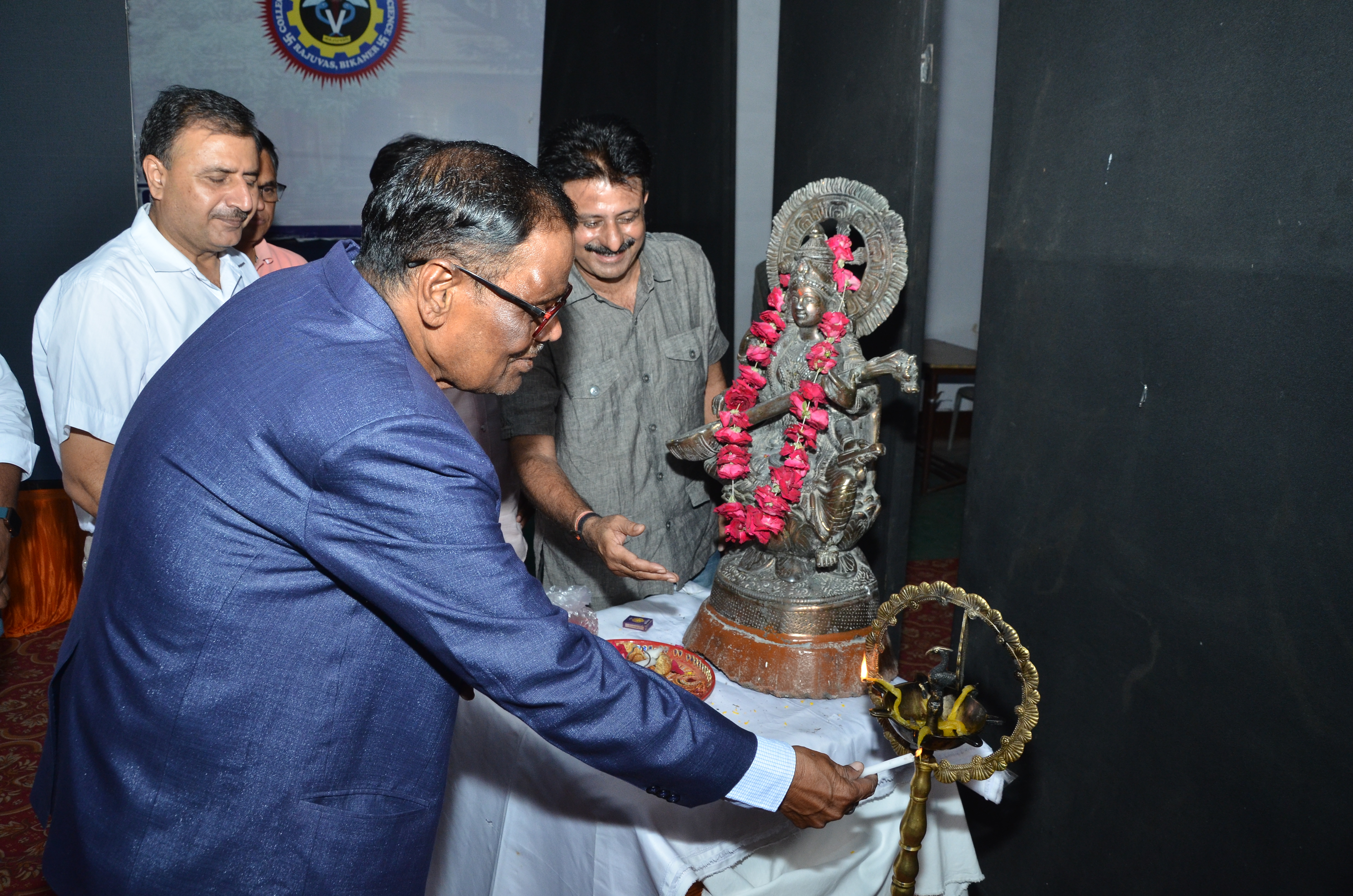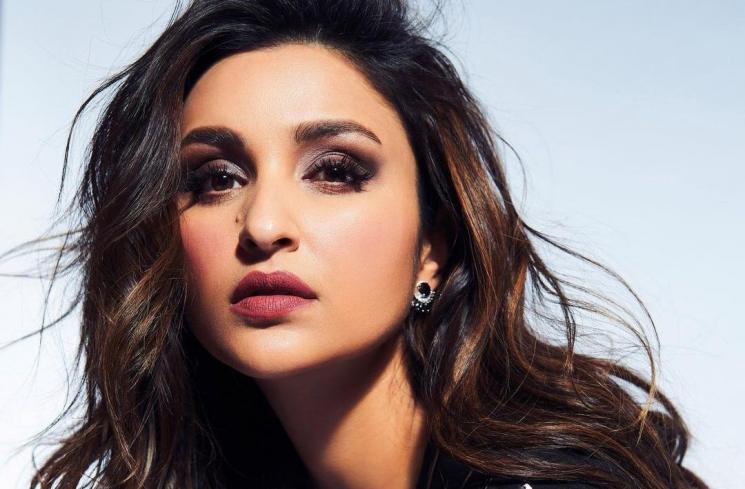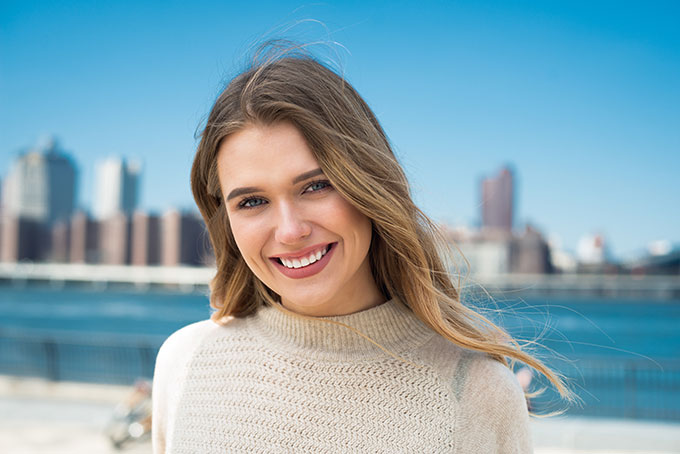Dhulandi : The festival of colors #KFYHOLI #holi #happyholi #holifestival #india #festival #festivalofcolors #holihai #holispecial #khabarforyou
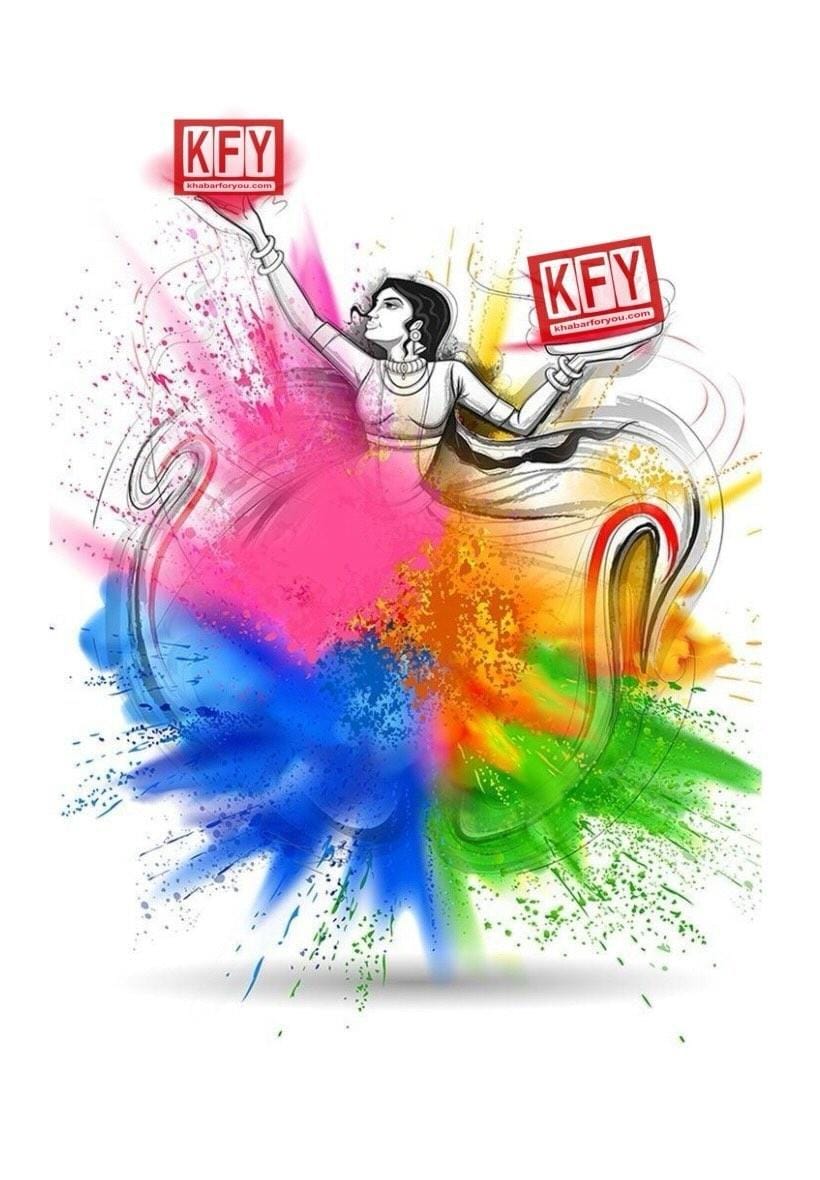
- MONIKA JHA
- 25 Mar, 2024
- 63782
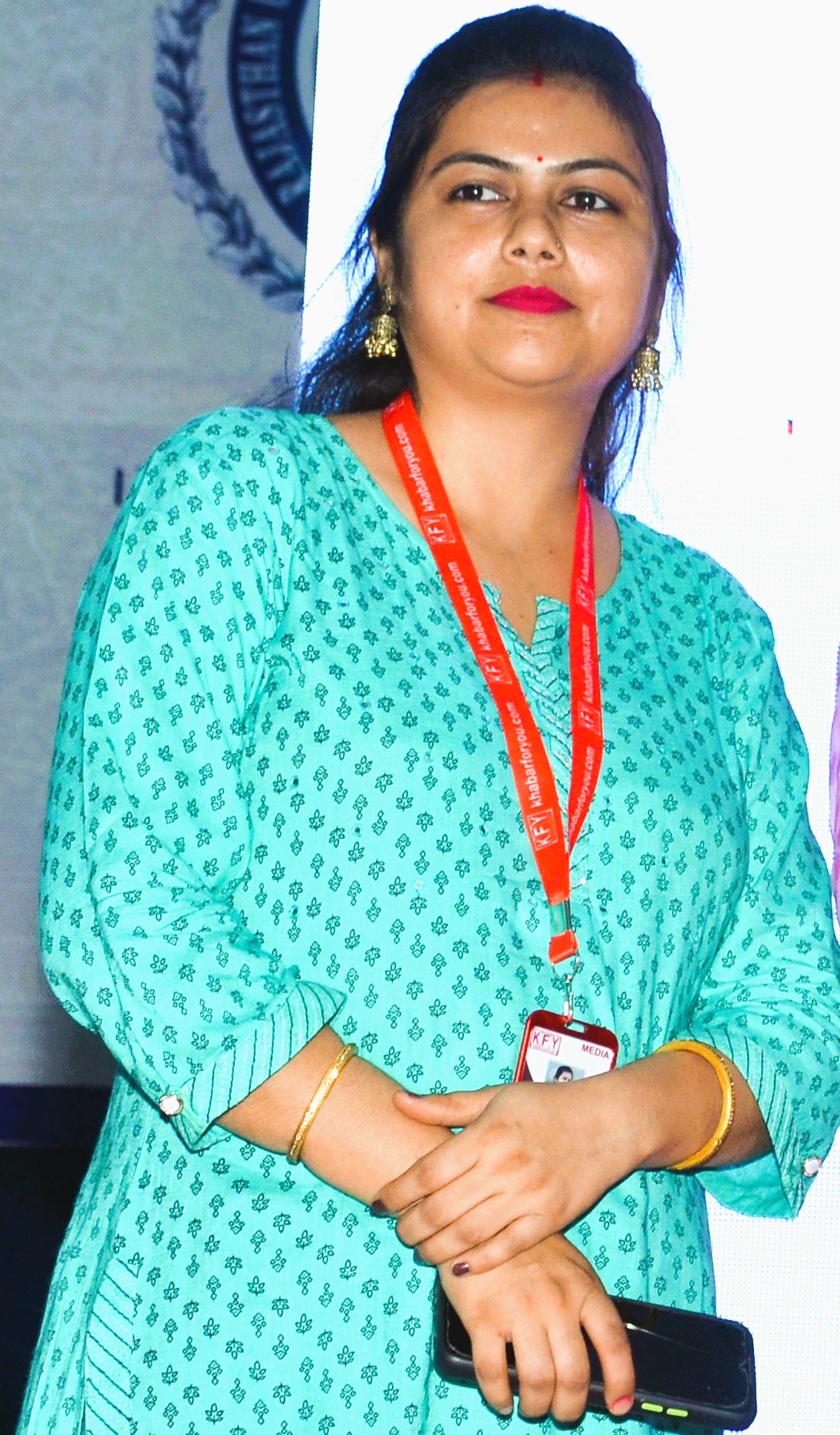
Email:-MONIKAPATHAK870@GMAIL.COM
Instagram:-@Khabar_for_you


Holi 2024: Significance Holi is an auspicious Hindu festival which is celebrated across the country by all Hindus with great pomp and show. One of India's most awaited seasons, spring arrives with Holi. Holi is a celebration of the rebirth of life and the victory of good over evil and brightness over darkness when winter ends and the natural world starts to flourish again.
The celebration honours a number of Hindu mythological stories, Prahlad and Holika was one of the most famous story among all. Lord Vishnu's ardent devotee Prahlad and the sister of Hrianyakashyapu was Holika. Hiranyakashyapu wanted to hill his son Prahalad but Lord Vishnu saved Prahalad.
The festival of colors which we commonly know as Holi is also called Dhulandi or Dhuleti. Celebrated in different regions of the country, the term is used mostly in the Braj regions of Vrindavan and Mathura. Gulal and bhaang are an essential part of the celebrations as people smear each other's faces with color and drink the liquid to get high and make merry. Dhulandi is a riot of colors, something that draws foreigners to India to experience the festival first hand.
There are different reasons why Dhulandi is celebrated. One of them is to welcome the Spring season and mark the end of winters. Every year, Dhulandi falls in the month of Phalgun according to the Hindu calendar which is usually in March or April. But springtime isn't the only reason why Dhulandi is celebrated. According to the legend, Lord Krishna's skin color turned blue after he was poisoned by a demon's breastmilk. He became mighty upset as he thought no one would play with him including Radha who he was very fond of. His mother Yashoda consoled him and urged him to color Radha's face whichever color he liked. He did so and since then, Holi is celebrated in the Braj regions with much fervor as this is where Krishna was born and raised. The festivities begin a week in advance and people decorate temples and dress up kids as Radha and Krishna too.
On the day of Dhulandi, people go to the temple and the priest makes bhaang using marijuana. People apply gulal and wish each other and drink and dance for hours. The revelry lasts for a good few hours starting in the morning. Usually, a feast with several dishes is prepared that the people eat together after playing with colors.
Dhulandi is the second most celebrated festival after Diwali and the entire country turns different shades of colors on the day of the festival. It is believed that this day is also a day to forgive one another for their mistakes and start afresh. It helps strengthen your bond and relationships and form new ties with people of your community. In the evening, people visit each others homes to greet and keep the celebratory mood going.
How it is celebrated in different parts of India?
Mathura and Vrindavan
Legendary Holi celebrations take place here, and these locations are linked to the life of Lord Krishna. In temples, people assemble to act out episodes from Krishna's life while dousing each other in coloured powder and sprinkling water.
Delhi and Uttar Pradesh
People celebrate with tremendous fervour, using colours creatively and indulging in festival cuisine. On the eve of Holi, bonfires are lighted as a symbol of the demon Holika being burned.
Punjab
Holi is observed by Sikhs as Hola Mohalla, a martial arts celebration that features processions and simulated combat to display military might.
Gujarat
Traditional Gujarati sweets like gujiya and thandai are consumed along with music and dance during the Holi celebrations. Dhuleti is the name of the celebration, during which groups of young men attempt to reach a pot of buttermilk hung high in the streets by building human pyramids.
Maharashtra
Holi is widely celebrated in Mumbai and other parts of the state. People cover each other with colours, dance to the beat of dholaks, and take part in public processions.
West Bengal
In West Bengal, Holi is celebrated with the swinging of Radha and Krishna idols on ornamented swings known as "dols," in observance of Dol Purnima or Dol Jatra. In addition, they dance to traditional folk tunes and apply paint
Bihar
Traditional songs and rituals are used by the people of Bihar to celebrate Holi. A unique food known as "malpua" is made, and people go to one other's homes to exchange colouring books.
Karnataka
Holi is observed as "Kamadahana" in several parts of the state. To represent the burning of the demon Kamadeva, people light bonfires. They play with colours and water the following day.
Tamil Nadu
Although not as popular as it is in other regions of India, some people there do celebrate Holi. People congregate in some places to eat festive cuisine and play with colours.
Madhya Pradesh
Holi is observed with customary zeal in towns like Indore and Bhopal. Colours are played with, folk tunes are sung and danced to, and festive treats are consumed.


Leave a Reply
Your email address will not be published. Required fields are marked *
Search
Category


